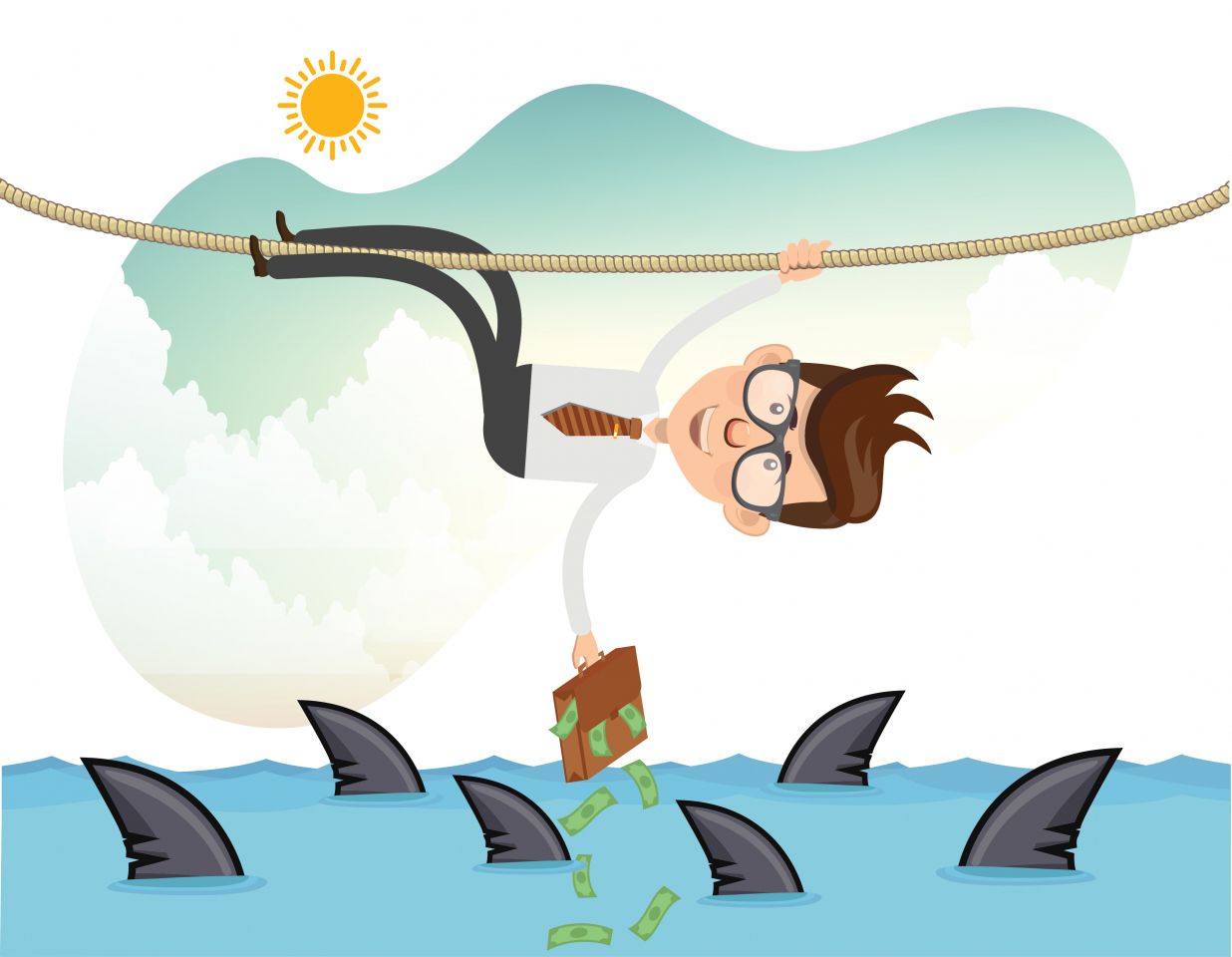What is volatility risk?

This is the risk to the value of an investment, usually an options portfolio, due to unpredictable changes in the volatility of the underlying asset. Volatility risk is specifically related to the breadth of the trading range between the high and low price levels at which a stock or commodity has traded.
Key takeaways
Volatility risk refers to the risk to an investment's value, usually an options portfolio, due to unpredictable changes in the underlying asset's volatility and its trading range breadth.
Commodities such as crude oil, coffee, and sugar have historically traded at very high volatility levels, with volatility risk tending to be much higher in commodities than other asset classes like stocks.
The greater the breadth of the trading range, the greater the risk; for short-term traders, higher volatility means greater profit potential in a short time but also greater volatility risk.
A more balanced approach to managing volatility risk is to focus on stocks with moderate volatility and moderate profits rather than chasing high-volatility opportunities.
Volatility is key in determining option prices, with historical volatility measuring past price variation and implied volatility representing future expectations, where implied volatility determines the prices for call and put options.
Where have you heard about volatility risk?
If you trade commodities, you’ll know that volatility risk tends to be much higher than in other asset classes such as stocks. Historically, commodities such as crude oil, coffee and sugar have traded at very high levels of volatility.
What you need to know about volatility risk.
The greater the breadth of the trading range, the greater the risk. For short-term traders, higher volatility means greater profit potential in a short space of time, but it also means greater volatility risk. A more balanced approach is to focus on stocks with moderate volatility and moderate profits.
Volatility is key in determining option prices. Historical volatility is the measure of past price variation, while implied volatility is the perception of what it will be in the future. Implied volatility determines the prices for call and put options.
Find out more about volatility risk.
Read our definition of volatility to discover more about investment risk.